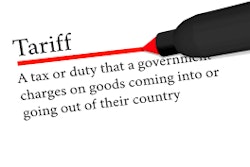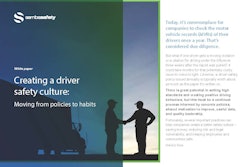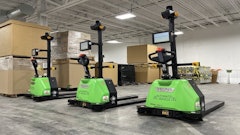A recent report from the American Road & Transportation Builders Association (ARTBA) shows that U.S. infrastructure continues to deteriorate.
Specifically, the organization estimates there are 178 million daily crossings on over 47,000 structurally deficient bridges in the country today that are classified by the U.S. Department of Transportation as “structurally deficient and in poor condition. States with the largest number of structurally deficient bridges are: Iowa (4,675 bridges); Pennsylvania (3,770); Oklahoma (2,540); Illinois (2,273); Missouri (2,116); North Carolina (1,871); California (1,812); New York (1,757), Louisiana (1,678); and Mississippi (1,603).
Meanwhile, the most traveled structurally deficient bridges are on parts of Route 101, Interstate 405 and Interstate 5 in California, where daily crossings by cars, trucks and school buses are as high as 289,000 every day.
“America’s bridge network is outdated, underfunded and in urgent need of modernization. State and local government just haven’t been given the necessary resources to get the job done,” notes Dr. Alison Premo Black, the ARTBA chief economist who conducted the analysis. “At the current pace, it would take more than 80 years to replace or repair the nation’s structurally deficient bridges.”
Technology advancements are providing some good news in this otherwise bleak story, however.
Two companies, Sund & Baelt from Denmark and Japan’s Kawasaki Geological Engineering, are testing and rolling out machine learning and computer vision tools to analyze data from infrastructure sensors and cameras to predict when components of a structure might need maintenance. A Wall Street Journal article explains that the goal is “to better at prevent major structural failures and limit costly human inspections.”
Bjarne Jorgensen, executive director of asset management at Sund & Baelt, says that, “Until now we’ve been using Excel spreadsheets and all kinds of databases, but we hadn’t been able to gather all of this data together.” The new system from IBM will provide preventative maintenance suggestions based on need, rather than routine maintenance schedules, which Jorgensen estimates will lower maintenance costs by about 10 percent over the next four years.
At the same time, Kawasaki Geological Engineering is fine-tuning an AI tool that can analyze image data and identify cavities forming beneath roadways.
One the legislative front, the ARTBA notes that lawmakers in 37 states have introduced 185 bills aimed at boosting transportation investment during the first two months of 2019, a higher number than the amount of legislation introduced during the same period last year.
Enjoy the read.




















